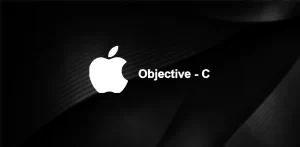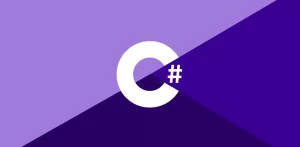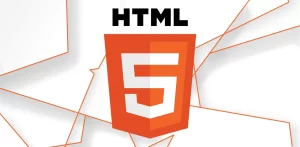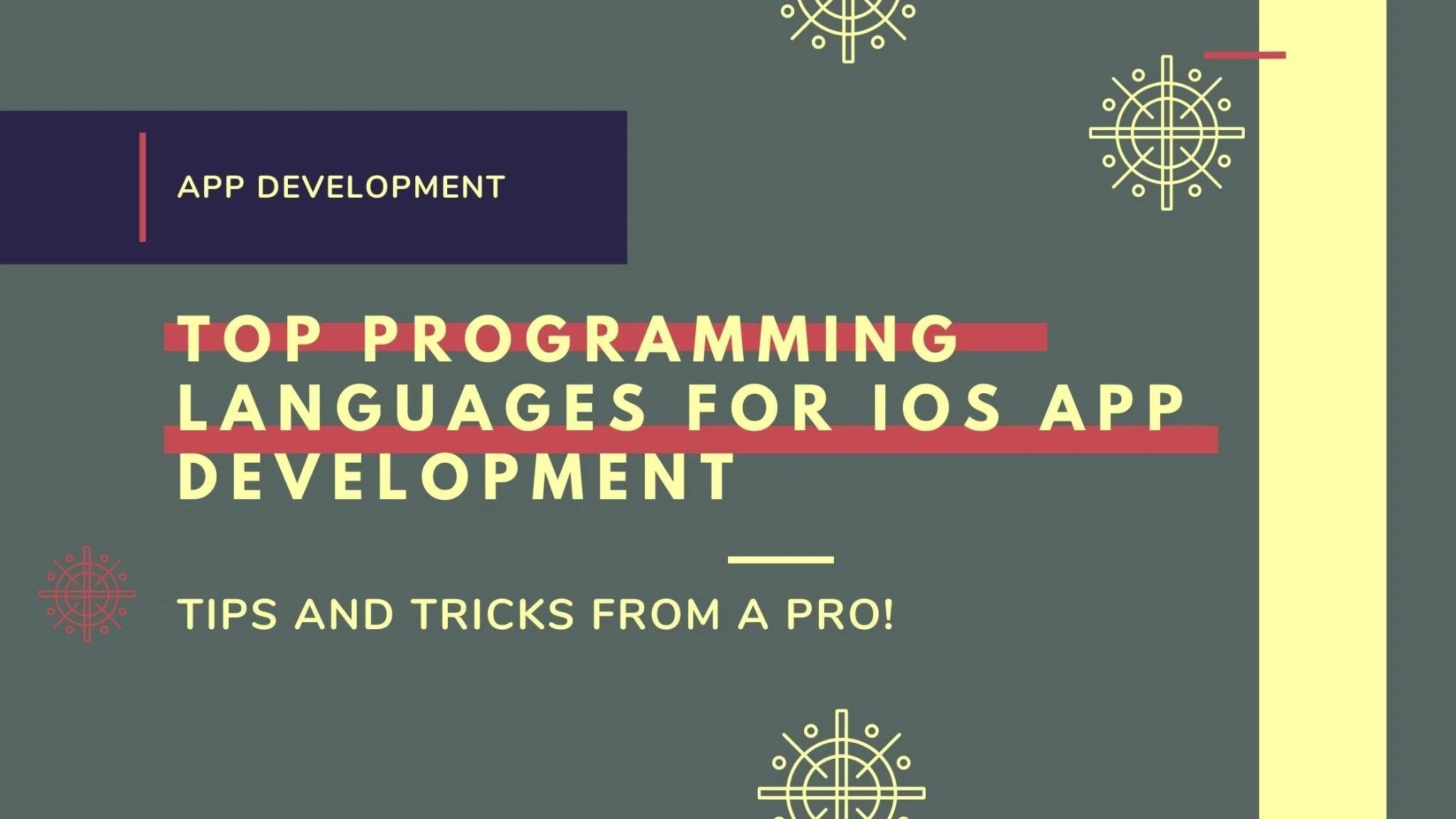Do you want to create your iOS app but aren’t sure what programming language to use or study?
You’ve begun with the right question. Before creating iOS apps, you must first determine what programming language you will use for iOS App Development. It is noticeable that not all programming languages are the same. The results you obtain are primarily dictated by the framework you employ.
This article will go over the various programming languages available for creating iOS apps and guide you to develop iOS apps. We’ll look at the advantages and disadvantages of programming in specific languages, as well as resources for learning them.
But first, let us explore a fundamental question. The “best” iOS programming language to learn, you see, is entirely dependent on the goals you’ve established for your app.
So, to begin, does your app even necessitate learning to code? How can you decide whether you need to start from scratch with your app?
Before you begin learning a programming language, you must first identify the app’s goals you wish to create.
Begin by considering what you want the app to accomplish. Do you want to add new features to an existing business? Make an extra buck? Disrupt a market?
These are all various apps, and their time and expertise needs are vastly varied. A raw estimate of the total number of hours required for the iOS app development can be created based on what you want to do.
A simple software will require at least 300 hours of development labor, with the average app taking roughly twice that.
Next, consider your objectives for the app as an individual. There are no correct or incorrect responses, but you must be honest with yourself. Setting your goals shall help you determine how much time you can devote to making the app a reality.
Assume you wanted to cook some excellent pasta for dinner. Still, you purchased flour, eggs, and a pasta machine instead of buying spaghetti. You buy tomatoes and basil instead of a jar of sauce.
Making all of your ingredients from scratch will be a time-consuming task. Worse, the final meal will be subpar. To make something that tastes nice, you need practice and experience.
It’s no different when it comes to how to develop iOS apps. Too many people’s dreams have died due to their insistence on accomplishing everything themselves.
If you choose to handle it yourself, you must first grasp the requirements for launching an iOS app development project.
Best iOS App Development Languages
iOS app developers must adhere to the quality standards established for iOS apps. Choosing the best coding language for applications will make this a breeze for you.
And there are numerous aspects to consider: an optimal talent pool, ease of learning and development, cross-platform support, scalability, development cost, and other factors are all important considerations in software development.
Let’s have a look at all the options of programming languages available to us.
 Swift
Swift
Irrespective of how inexperienced you are in iOS App Development languages, there is a reasonable probability that your answer to the question we are answering is Swift. It falls under the most popular programming languages for shaping the future of iOS app development.
In just a year since it was released in 2014, Swift swiftly established itself as one of the most popular coding applications for iPhone programming languages. According to the Tiobe index for 2020, Swift was ranked 11th most popular language, receiving nearly three times as many votes as it did the previous year.
Rapid Application Development for the iOS Platform Swift is a general-purpose programming language used to create high-quality native applications for the iOS platform. Apple developed it. It is programmed to be used with frameworks such as Cocoa Touch and Cocoa.
Its main advantages include scalability, compatibility (particularly with Objective-C), open-source, and rapid development. Swift app development also offers data security throughout development and includes ARC (Automatic memory arc).
The main downside of this coding language is its small user base.
When should you use it?
Swift is your best option for you if you want to design a short app and scale it quickly. It may be used as a language app for the iPhone, iPad, Apple Watch, Apple TV, and Mac.
Objective-C

There has always been, from the start, a comparison between Objective C and Swift in terms of coding, readability, execution time, code maintenance, and so forth.
However, it has numerous drawbacks that will make it obsolete as an iOS development language in 2021.
It is tough to learn because it is not an open-source language. Furthermore, its popularity is hampered by security flaws, limited usefulness, and a lack of updates.
On the contrary, it is frequently seen as a mature and stable language for iOS app development. C
When should you utilize it?
When developing or updating apps for older iOS versions that Swift does not support, you may utilize Objective-C as an iOS programming language.
Flutter

Flutter enables developers to construct aesthetically pleasing and intuitive cross-platform apps, which is why it is being evaluated by both Android and iOS developers. But, of course, this has its own set of advantages and disadvantages. Some of these advantages include the fact that it is highly cost-effective and time-efficient. It also offers total customization capacity, includes widgets, and is available as an open-source language; yet, it still has a limited young talent pool.
When should you utilize it?
Because Flutter is the most popular cross-platform app development language. It is better to use it when creating an iOS app and creating Android, desktop, and Web app versions for it. It saves you a lot of time. You can utilize the iOS app programming language to develop app versions for all compatible operating systems and platforms from a single codebase.
C#

In addition, according to a Stack Overflow survey, C# is considered one of the most versatile coding languages globally, placing fifth in the Tiobe August 2021 index of programming languages.
C# is an open-source language that takes iOS mobile app development to a relatively simpler level for beginners to advanced-level developers. Furthermore, it has a large talent pool, facilitates cross-platform app development, has an extensive library, and outperforms other coding languages regarding cost-benefit and integration. However, it comes with a few drawbacks, such as a lousy platform GUI and being tough to understand for beginners.
When should you utilize it?
It is primarily useful when your team consists of competent C# developers and you wish to create Android, Windows, and Web API versions of the iOS app.
HTML5 (Hypertext Markup Language)

Though not as popular as native apps, hybrid apps nonetheless give excellent browser control and render pages using a combination of HTML5 and CSS.
Its benefits include:
- Multi-platform support
- Excellent cost-effectiveness
- Consistency across various browsers
- Offline surfing
- Ranking wonderfully on search engines
However, there are a few drawbacks: it is only suitable for hybrid app development, has limited functionality, and might cause design responsiveness issues.
When should HTML5 be used?
This is the most incredible option if you don’t want to invest time and money. Also, if you want to design an iOS app with a simple app design that can be viewed offline, eventually, it may not be the right option for high-quality and effective iPhone apps.
Can I use ReactJS to develop an entire mobile app for iOS and Android?
Facebook and Instagram built the React JavaScript library. According to a 2017 Stack Overflow survey, the most popular technology among developers is React. According to the amount of stars on GitHub, React is also the most popular JavaScript project.
By utilizing React, you may design an interactive interface using a declarative approach, in which you can monitor the status of the application by declaring, “The view should look like this.” It employs the component paradigm, in which components are reusable user interface pieces with their own state.
Single-page and mobile applications may both be built with React. Its main objectives are great speed, simplicity, and scalability.
However, you should be aware of the following:
React.js is a JavaScript package that aids in the creation of user interfaces. One of the most important characteristics of React is that it can be run on the client and rendered on the server at the same time, with the two portions interacting. As a result, it’s commonly employed in the development of high-performance online applications and user interfaces.
React Native is a JS framework that allows you to create native iOS and Android apps. It is based on Facebook’s React JS library, which is used to construct user interfaces. It is, however, focused on mobile devices rather than browsers. To put it another way, if you’re a web developer, you can utilize React Native to create clean, quick mobile apps without having to leave your trusted JavaScript framework and codebase.
React.js is known for its ability to deliver high performance and a well-managed rendering cycle for its components. It gives developers more options for using and developing basic abstractions by allowing them to easily customize the distribution, development, and use of reusable components. This is useful for both low-level components like buttons and higher-level elements like drop-down lists.
React Native provides the same features as React, but in a different way. Blocks are reusable components in React Native that compile directly in the native environment. React has analogs for the components you’ll use in Android and iOS, so you’ll get the same look. This structure enables you to construct applications quickly. In this situation, the app will have the look, feel, and functionality of a native mobile app, which is what distinguishes React Native from other frameworks.
To determine the optimal path for your future app, you must first understand the differences between ReactJS and React Native.
Finishing up
Choosing the appropriate programming language when the question- ‘how to develop iOS apps?’ arrives is a critical decision that can significantly impact the success of your project. As a result, you should identify your needs and expectations before deciding on the ideal solution for you.
Android is the most popular, while iOS is the second most popular operating system globally. The two major languages used for iOS app development are Objective-C and Swift. In contrast to Objective-C, Swift is a modern, quick, clear, and developing programming language. Swift is our advice for a beginner developer who wants to create iOS apps.
If you are also interested in developing an Android or iOS app from end-to-end then you can hire a reactjs developer
Click for Mobile App Development Company


 Swift
Swift